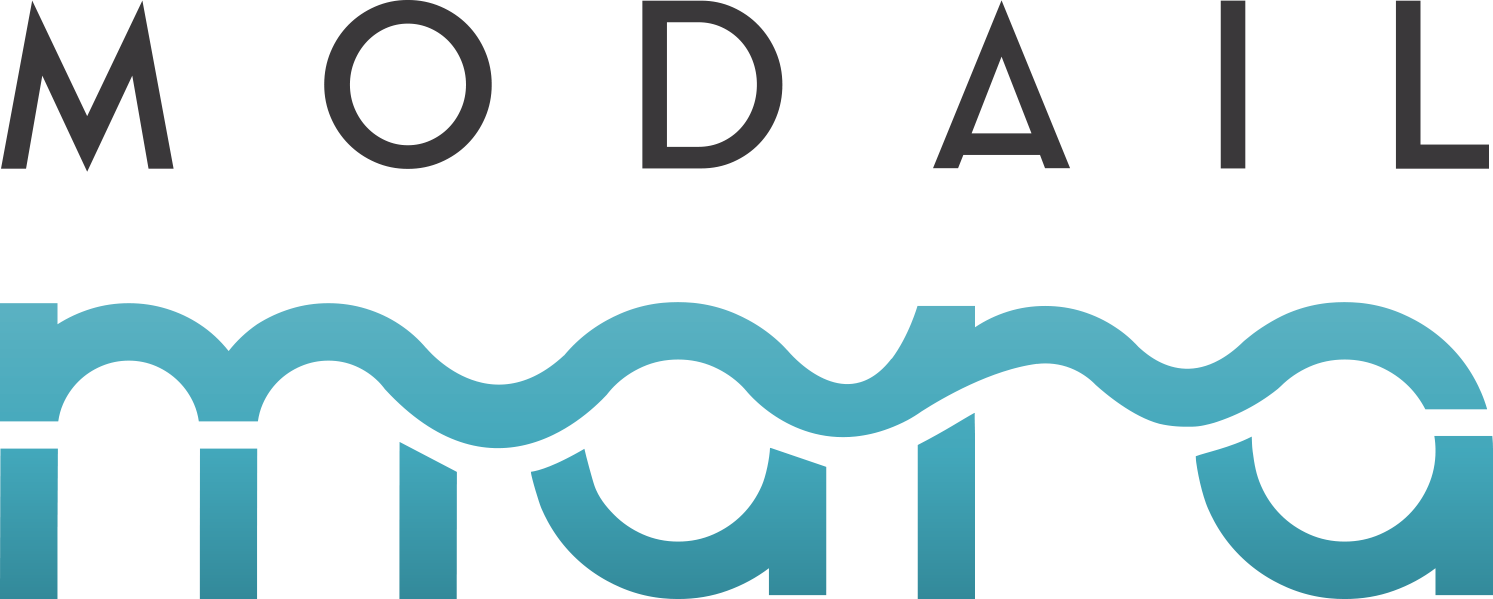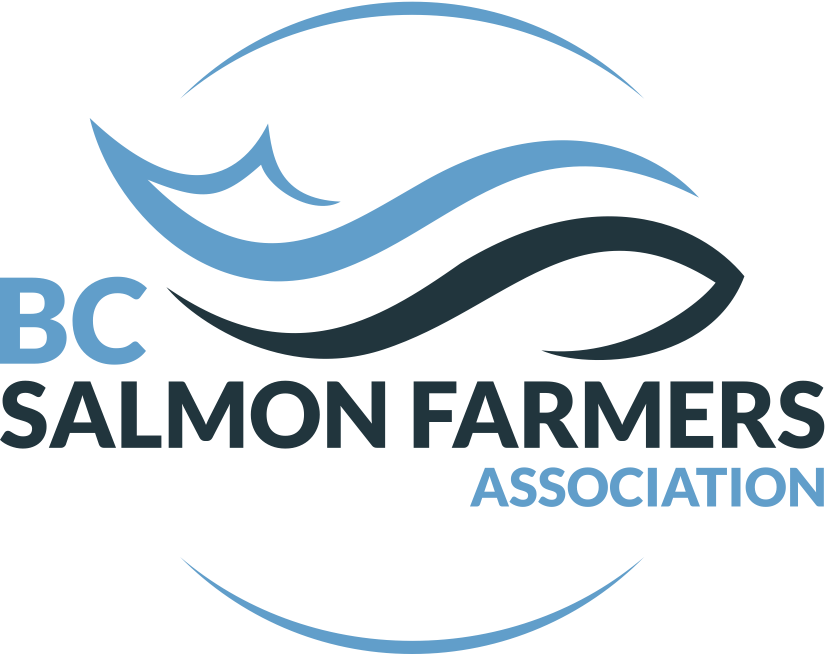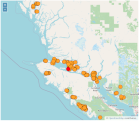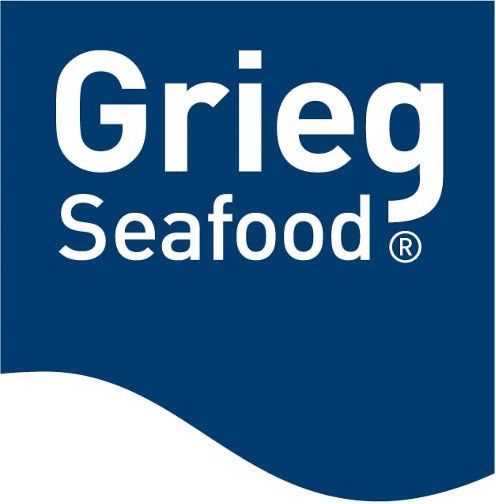Data Collection

What We Do
We provide sustainable Data Science solutions to the food production industry.
But what does that mean in practice? It means that if you have questions, Modail Mara can use your data to help you find answers. Don't have data? Modail Mara can work with you to build a plan.
Data collection is the vital first step in running an evidence-based business. Data comes from many sources - people, the environment, operations. Fortunately, collecting is not all or nothing - you can start small, and expand as you want.
Modail Mara helps plan, implement, and deploy effective data gathering infrastructure needed to answer your questions.
Data Management
Once collected, data must be secure, structured, and accessible. Data from different sources needs to be combined to get the big picture.
Modail Mara builds digital infrastructure so your data is accessible and useful.
Canada West Salmon Database
Problem: Sea lice are of major concern for both farmed and wild salmon. The British Columbia Salmon Farmers Association (BCSFA) had 20 years of sea lice sampling data from farmed and wild salmon. However, the data was in many formats and places and so was difficult to access and use.

Solution: Modail Mara created a database to consolidate the data and reflect how researchers, industry, and the public need to access it.
Data Analysis
Collected and structured data can be used to answer questions: How well is your new process working? Are your ESG ratings improving?
Modail Mara provides scientific analysis to find the insights that you want.
Science Advice for Industry-First Nations Agreement
Problem: Mowi Canada West (MCW) has agreements with First Nations whose territories encompass their farms. MCW needs to demonstrate that they are farming sustainably and to the requirements of the Nations.

Solution: Modail Mara analysed and presented data of farmed and wild salmon to facilitate discussions and decision making on the agreements.
Data Visualisation
Analysis insights must be communicated to have impact, and effective visuals provide quick and powerful communication.
Modail Mara creates scientific visualisations and infographics for internal and external audiences.
British Columbia Sea Lice Visualisation
Problem: Sea lice on wild and farmed salmon is a politically and socially controversial topic in British Columbia, Canada. Public data is not accessible as it is only available in text CSV files.

Solution: Modail Mara used the available public data to create a web page so anyone can explore and visualise sea lice numbers.
https://salmon.modailmara.ca
Risk Analysis Modelling
Every business has risks but finite resources to prevent or mitigate them.
Modail Mara uses statistical and agent-based modelling to identify the highest risks and means to address them.
Risk of Arican Swine Fever entering Canada
Problem: The Canada West Swine Health Intelligence Network (CWSHIN) was (and still is!) concerned about preventing African Swine Fever (ASF) infecting swine in Canada. They needed to know the most likely means of entry to direct their resources to mitigate risks.

Solution: In partnership with domain experts, Modail Mara created a model of disease pathways and Canadian farms to identify the risk points.
Predictive Modelling
Using past and present data, scientific research, modelling, and machine learning, likely futures can be predicted. Predictive models can be used to explore scenarios and "What if?" questions, e.g. What if I do X then instead of now?
Modail Mara implements continuously improving predictive models to help you to make decisions.
Salmon Farming Intervention Scenario Explorer
Problem: Grieg Seafood British Columbia (Grieg) manage the sea lice numbers on their farms through a variety of interventions. However, these interventions are expensive and potentially traumatic for the salmon, giving incentive to reduce the number.

Solution: Modail Mara built a model that predicted sea lice numbers and allowed Grieg to try out intervention scenarios. The model let them discover the most effective intervention times and minimise the number needed to control the sea lice numbers.